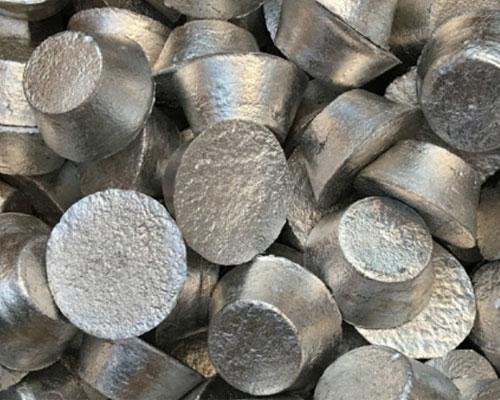At present, various master alloys are generally used to replace additives, because master alloys have a low melting point and are easier to quickly and uniformly melt in the aluminum melt. However, many manufacturers use scrap aluminum or low-grade aluminum ingots when producing master alloys, which contain more impurities. When using master alloys, these impurities are brought into the melt and cause pollution.
When smelting alloys, there are generally three ways to add alloying elements: one is to add pure metals directly to the aluminum melt, such as copper, magnesium, zinc, silicon and other metals. The other is to make the alloying elements into a master alloy in advance. Then it is added to the aluminum melt in the form of a master alloy. At present, it is more commonly used to add various metal additives to the aluminum melt. In addition, there is a method of adding, that is, adding salts or compounds containing alloying elements, and reducing the elements through the substitution reaction with the base metal and entering the melt.
The purpose of using aluminum alloy additives is to facilitate the addition of some alloying elements that have a higher melting point and are not easily melted or easily oxidized and volatilized, so as to more accurately control the composition of the aluminum alloy. In addition, the use of a master alloy as a charge can prevent the melt from overheating, shorten the smelting time, and reduce metal burnout.

The aluminum alloy additives used should meet the following basic requirements as much as possible:
(1) The melting point should be lower than or close to the melting temperature of aluminum alloy;
(2) The content of alloying elements is as high as possible, and the composition is uniform;
(3) Low content of impurities, gases and non-metallic inclusions:
(4) It has sufficient brittleness, is easy to break, and is convenient for ingredients;
(5) It is not easy to be corroded, and should not be broken into powder when stored under atmospheric temperature and pressure.

